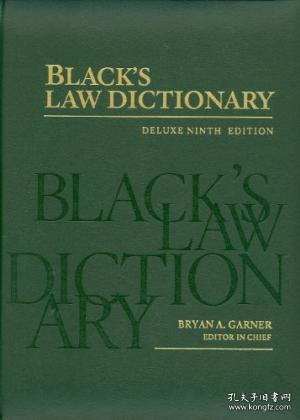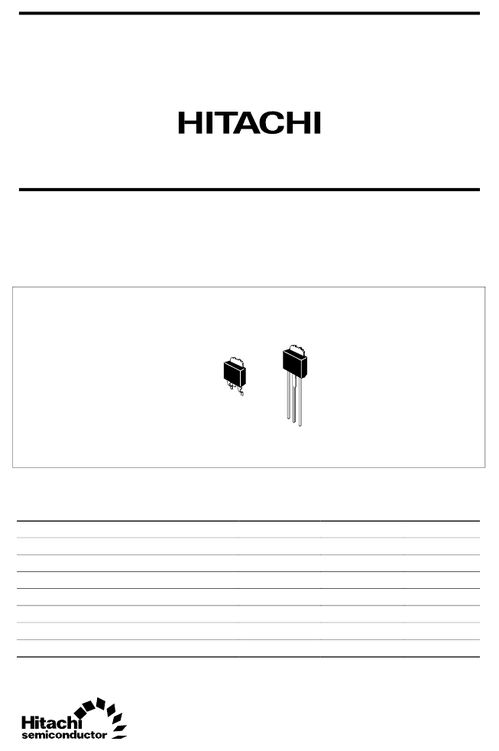Understanding Ohm’s Law: The Foundation of Electrical Engineering

Ohm’s Law is a fundamental principle in electrical engineering that describes the relationship between voltage, current, and resistance in an electrical circuit. It is named after the German physicist Georg Simon Ohm, who formulated this law in the early 19th century. By understanding Ohm’s Law, you can better comprehend how electrical circuits operate and design them more effectively.
What is Ohm’s Law?

Ohm’s Law states that the current flowing through a conductor between two points is directly proportional to the voltage across the two points and inversely proportional to the resistance between them. This relationship can be mathematically expressed as:
| Symbol | Description |
|---|---|
| I | Current (Amperes, A) |
| V | Voltage (Volts, V) |
| R | Resistance (Ohms, 惟) |
Mathematically, Ohm’s Law can be written as:
I = V / R
Understanding the Components

Let’s delve deeper into the components of Ohm’s Law:
- Current (I): Current is the flow of electric charge through a conductor. It is measured in Amperes (A) and is denoted by the letter ‘I’. The unit of current is named after the French physicist Andr茅-Marie Amp猫re.
- Voltage (V): Voltage is the electrical potential difference between two points in a circuit. It is measured in Volts (V) and is denoted by the letter ‘V’. The unit of voltage is named after the Italian physicist Alessandro Volta.
- Resistance (R): Resistance is the opposition to the flow of electric current through a conductor. It is measured in Ohms (惟) and is denoted by the letter ‘R’. The unit of resistance is named after the German physicist Georg Simon Ohm.
Applications of Ohm’s Law
Ohm’s Law has numerous applications in electrical engineering and everyday life. Here are a few examples:
- Designing Electrical Circuits: Engineers use Ohm’s Law to design circuits with specific current, voltage, and resistance values. This ensures that the circuit operates efficiently and safely.
- Power Calculation: Ohm’s Law is used to calculate the power consumed by electrical devices. Power is the rate at which energy is transferred or converted. It is measured in Watts (W) and is denoted by the letter ‘P’. The formula for power is:
P = V I
- Energy Consumption: Ohm’s Law helps in determining the energy consumption of electrical devices. This information is crucial for energy management and conservation.
- Testing and Diagnostics: Ohm’s Law is used to test and diagnose electrical circuits and devices. By measuring the current, voltage, and resistance values, one can identify any issues in the circuit.
Limitations of Ohm’s Law
While Ohm’s Law is a fundamental principle in electrical engineering, it has certain limitations:
- Non-Ohmic Devices: Not all devices follow Ohm’s Law. Some devices, like diodes and transistors, exhibit non-linear behavior, meaning their current-voltage relationship is not linear.
- Temperature Effects: The resistance of a conductor can change with temperature. This can affect the accuracy of Ohm’s Law calculations in real-world scenarios.
- Complex Circuits: Ohm’s Law is most accurate for simple circuits with a single resistor. In complex circuits with multiple resistors and sources, more advanced techniques, like nodal analysis and mesh analysis, are required.
Conclusion
Understanding Ohm’s Law is essential for anyone interested in electrical engineering or electronics. It provides a foundation for designing, analyzing, and troubleshooting electrical circuits. By mastering this fundamental principle, you can unlock the world of electrical engineering


